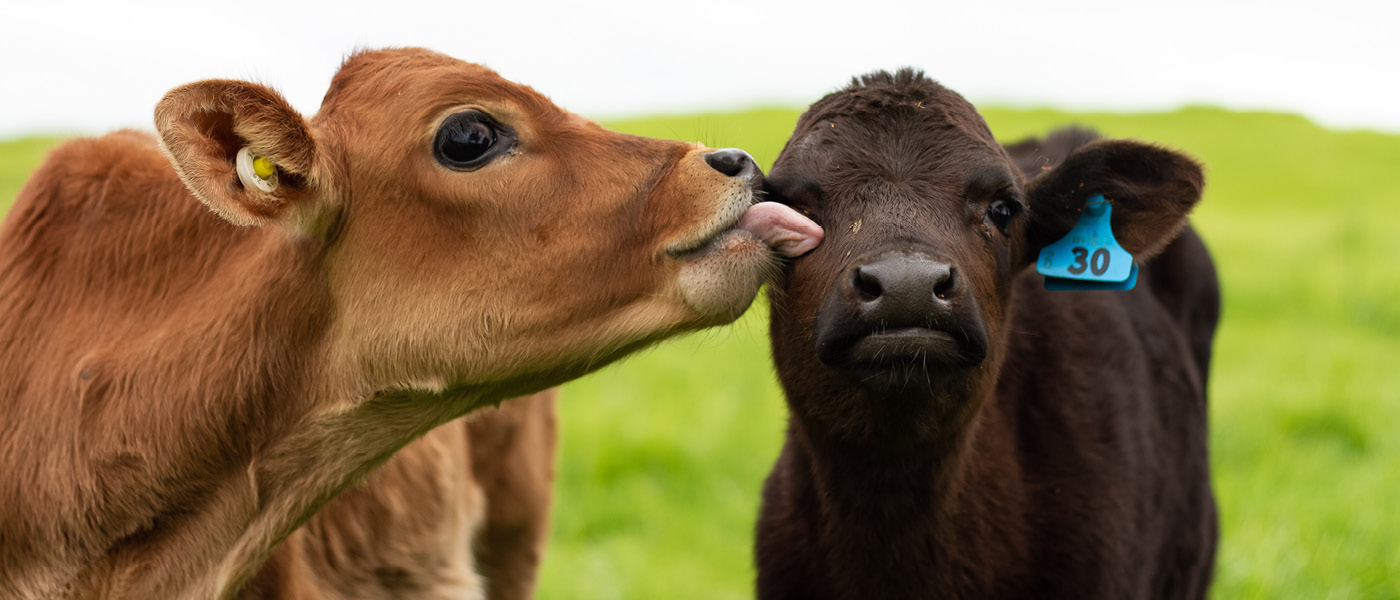 Many farming systems have designated youngstock properties or areas of the farm where youngstock do most of their rotational grazing. Whilst this is a sound and practical way of managing the all-important formative years of your cattle, it is not always the best way to manage the unseen challenge lurking beneath – that is drench resistance and overall increased parasite contamination. The difficult question is how do you avoid this scenario? And the answer is often – you can’t. But there are several things you can do that will minimise the risk of what could be a currently unsustainable practice.
Many farming systems have designated youngstock properties or areas of the farm where youngstock do most of their rotational grazing. Whilst this is a sound and practical way of managing the all-important formative years of your cattle, it is not always the best way to manage the unseen challenge lurking beneath – that is drench resistance and overall increased parasite contamination. The difficult question is how do you avoid this scenario? And the answer is often – you can’t. But there are several things you can do that will minimise the risk of what could be a currently unsustainable practice.
An example of drench programmes we often see is: double combination oral drenches monthly until R1s reach 150kg, then pour-on drenches 6-8 weekly through the autumn, then more pour-on drenches in the spring. What you will find is that there is a heavy reliance on a limited number of active ingredients to achieve the killing of production-limiting parasites.
Young cattle have very little natural immunity to internal parasites until at least 12-18 months of age, hence the need for regular routine drenching. Unfortunately, when
you have many calves with no immunity to parasites all in one location, you get a high number of parasite eggs being shed onto pasture. This is what is known as an increased pasture or larval challenge. It is becoming more and more common to see this parasite challenge build up over consecutive seasons until the point where some properties have severe parasite contamination.
And of most concern is when drenches do not work! Not only do you get an increased challenge, but the parasites that build up on pasture have an increased resistance to the drench actives that they are routinely being exposed to – think survival of the fittest.
Drench resistance is here, it is common and it is often not taken seriously enough. Sheep farmers will tell you how devastating it is to have lambs dying of parasitism and to not have a drench that will work to fix it. This scenario is not far away in the cattle world either.
Luckily, we have options.
Novel drench use in R1 calves is overall an underutilised tool in the parasite
management toolbox. We know, from Wormwise principles, that the strategic use of novel drenches in a drench programme can slow the onset of drench resistance, and when drench resistance is already present it can help improve efficiency through better growth rates.
Novel drenches are products that contain new active ingredients, so the parasites on your property will have had no previous exposure – therefore they will have no resistance to them.
The future of farming youngstock will rely heavily on a carefully tailored drench programme that integrates all the principles of parasite management. This will involve things like refugia, cross species grazing and the careful use of novel active drenches.
Having a plan made by your Vetlife veterinarian will give you confidence that you are following a well-constructed programme rather than just throwing old cheap drenches at your stock and hoping they will work.
Alex Meban Vetlife Twizel